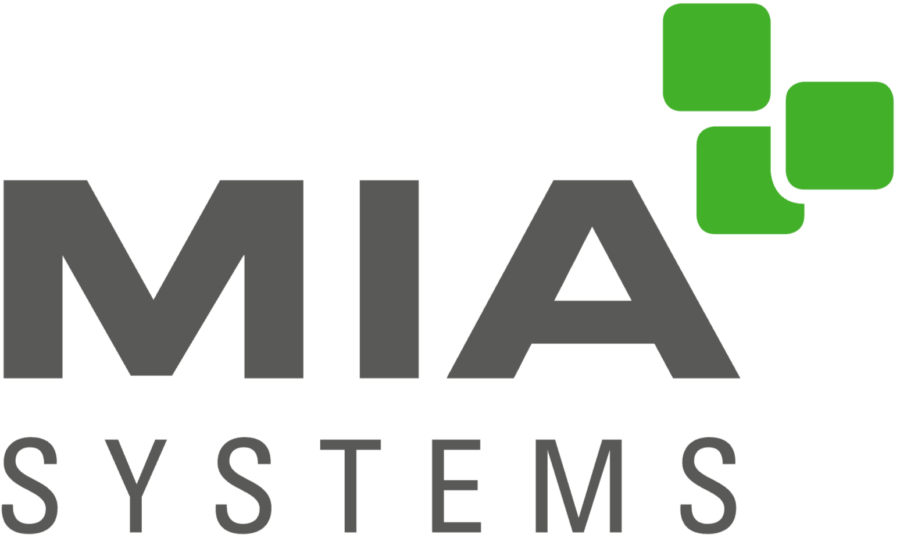Warehouse movements in the WMS generate very large amounts of data – every single stock change, every movement and every transport is recorded. The smart data storage in the MIA WMS nevertheless enables you to access this data quickly and evaluate this treasure trove of data. This data is displayed transparently and with high performance in the MIA Cockpit. And, of course, you have the option of evaluating this data in the BI tool of your choice with other key figures from your company.

Several 10,000 bookings per day are no exception. Even medium-sized WMS systems with several employees and an automated transport or picking system can reach this number of bookings very quickly.
Detailed information on bookings
The posting history gives you a simple way to analyze every single stock change and stock movement over time.
- Additions to and removals from your loading devices
- Bookings for specific incoming goods, outgoing goods, inventories, etc.
- Transportation and goods movements
The corresponding reference is saved for each booking and is linked directly in the cockpit.
Optimum performance in the MIA Cockpit
As a user, you will be impressed by the excellent performance and level of detail.
You can search for all booking-specific features:
- Booking date, booking time and booking type (picking, storage, transportation, …)
- Stock changes (quantity differences with from-to information)
- Storage characteristics such as loading device ID, storage location, item number, batch, expiration date, etc.
In the detailed view, you receive a compact list with all relevant information about the booking. Links in the MIA Cockpit allow you to navigate directly to the corresponding references (goods receipt, order, item, …).
Document-oriented data storage enables high-performance access
Conventional, relational database systems are not designed for this requirement . The key word here is NoSQL or document-oriented databases, which are typically used in the big data environment. Document-oriented data storage represents the core technology for evaluations, key figures and also for the posting history.
There are no additional license costs for you on the database side, you simply provide the infrastructure – ideally your own server with medium performance. The required storage capacity depends on the desired duration of data storage.
